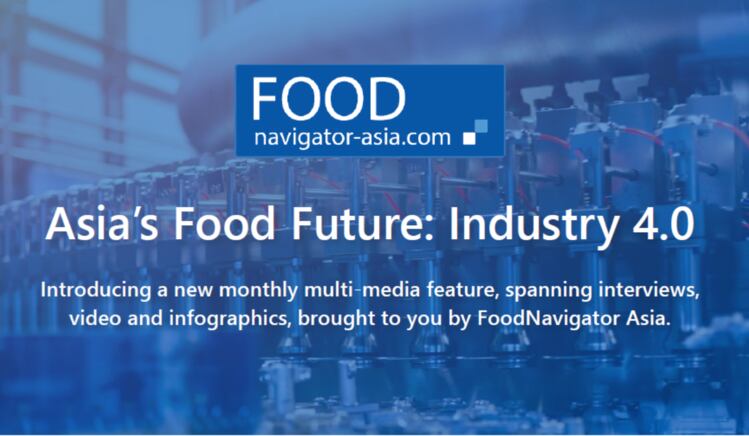According to AI Palette Co-Founder and CEO Som Choudhuri, the tech firm addresses two of the biggest challenges that FMCG food companies face today, which are speed and the creation of successful products.
“Some 90% of products launched by the food industry tends to fail due to poor consumer response,” Chouduri told FoodNavigator-Asia.
“These failures are expensive at roughly US$5mn per failure, not to mention the years of time and effort put into the product development process.”
“Creating successful products is very much like trying to predict the future, it’s a really hard process. Traditional methods are either early but qualitative, such as trend prediction, or quantitative but late. There is clearly a big data gap in the innovation process.”
“The speed to market of new products is also a major problem – previously, this would take about one to two years from creating to perfecting to hitting the market, but this is no longer practical today as consumer preferences are changing a lot faster, Traditional methods of NPD are no longer suitable.”
The AI Palette platform works to overcome these challenges by converting large amounts of unstructured data online into a structured format, which basically allows for the immediate prediction of F&B trends.
The platform can be configured according to each company’s requirements (e.g. according to product categories and targeted regions), so beverage companies for instance would be able to access trends in, say, Vietnam at once without going to traditional market research companies to conduct studies and wait three to six months to get this data.
Based on these trends, as well as more specific consumer needs data, such as the size of need and growth rate, the F&B manufacturers can then base NPD decisions for the target region accordingly.
“The platform is based on artificial intelligence and machine learning, and its output is based on millions of data points collected over years, versus what traditional market research companies would do i.e. talking to 50 or 60 people and basing their analysis on this feedback, which not only uses few data points but also is likely to be a biased result,” said Chouduri.
“This is because, especially in Asia, the culture is such that people are reluctant to give biased feedback, so results tend to be positive despite the actual situation.”
How the technology works
AI Palette’s platform is driven by two main forms of technology: Natural Language Processing and Image Analytics/Computer Vision.
“The Natural Language Processing algorithm understands human language as it is spoken and is essentially language agnostic, so that it works with all sorts of non-English languages. We specially designed this to target data on food products,” Chouduri explained.
“Image Analytics provides deeper unspoken insights from images and translates these into data for the platform as well. For example, if a picture is posted online of a butterfly pea drink as-is, the platform can use this as a data point even if there is no caption or additional information attached.”
Together, these are the key tools that can help food manufacturers select new concepts to launch into market.
“Currently, many of these decisions are based on gut feeling and can be biased, e.g. if the CEO tends towards a certain concept, many people will follow. This technology takes that uncertainty away and removes the guesswork out of new product development,” he said.
“The ideas that are selected based on data and trends from this platform are the ones with maximum chances of success.”
Moving forward
AI Palette recently secured some SGD1.45mn (US$1.05mn) in seed funding, which it intends to utilise for upscaling.
“We are now working with ‘some Fortune 500 listed food companies’ that are Singapore-based, but these are global companies so the products span all over the Asia Pacific region,” said Chouduri.
“Our aspiration is to be global, and the tech is very scalable.”
He declined to reveal the specific companies at this point in time, but added that more information would be available at a later time.
Moving forward, AI Palette is looking to go beyond identifying trends and concept selection to actually creating new product concepts using the platform.
“This would be more difficult, as it involves getting the AI to understand the brand personality and portfolio and adapting accordingly – it’s an endeavor that’s part science, part art,” he said.
“As an example, using coffee, Nestle is a more Western brand and Oldtown is more traditional – if Nestle were to come up with a Kopi O (South East Asian style black coffee) or Oldtown launched an Italian product, the chances of success for these would not be as high.
“What we are hoping to do is make develop technology that can create the concept for F&B companies, a completely new idea for them as a whole to launch and produce.”





